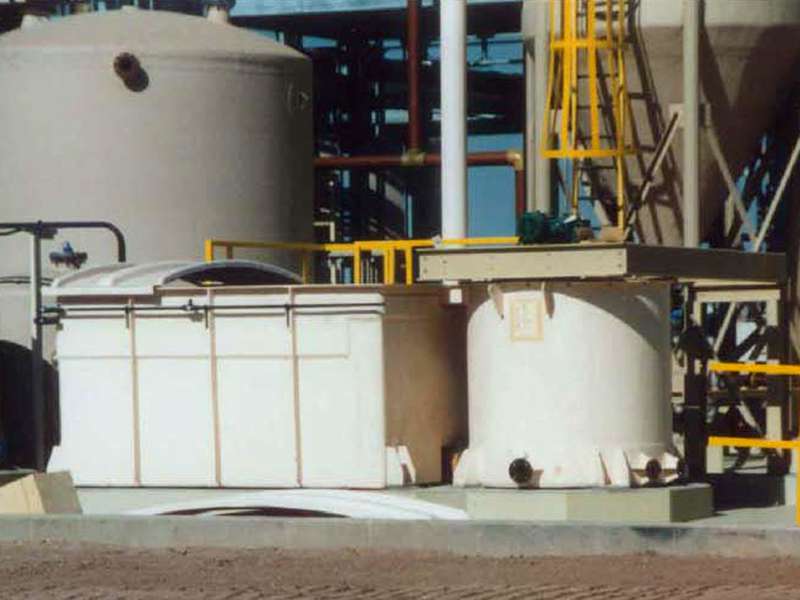
-
 Afrikaans
Afrikaans -
 Albanian
Albanian -
 Amharic
Amharic -
 Arabic
Arabic -
 Armenian
Armenian -
 Azerbaijani
Azerbaijani -
 Basque
Basque -
 Belarusian
Belarusian -
 Bengali
Bengali -
 Bosnian
Bosnian -
 Bulgarian
Bulgarian -
 Catalan
Catalan -
 Cebuano
Cebuano -
 China
China -
 China (Taiwan)
China (Taiwan) -
 Corsican
Corsican -
 Croatian
Croatian -
 Czech
Czech -
 Danish
Danish -
 Dutch
Dutch -
 English
English -
 Esperanto
Esperanto -
 Estonian
Estonian -
 Finnish
Finnish -
 French
French -
 Frisian
Frisian -
 Galician
Galician -
 Georgian
Georgian -
 German
German -
 Greek
Greek -
 Gujarati
Gujarati -
 Haitian Creole
Haitian Creole -
 hausa
hausa -
 hawaiian
hawaiian -
 Hebrew
Hebrew -
 Hindi
Hindi -
 Miao
Miao -
 Hungarian
Hungarian -
 Icelandic
Icelandic -
 igbo
igbo -
 Indonesian
Indonesian -
 irish
irish -
 Italian
Italian -
 Japanese
Japanese -
 Javanese
Javanese -
 Kannada
Kannada -
 kazakh
kazakh -
 Khmer
Khmer -
 Rwandese
Rwandese -
 Korean
Korean -
 Kurdish
Kurdish -
 Kyrgyz
Kyrgyz -
 Lao
Lao -
 Latin
Latin -
 Latvian
Latvian -
 Lithuanian
Lithuanian -
 Luxembourgish
Luxembourgish -
 Macedonian
Macedonian -
 Malgashi
Malgashi -
 Malay
Malay -
 Malayalam
Malayalam -
 Maltese
Maltese -
 Maori
Maori -
 Marathi
Marathi -
 Mongolian
Mongolian -
 Myanmar
Myanmar -
 Nepali
Nepali -
 Norwegian
Norwegian -
 Norwegian
Norwegian -
 Occitan
Occitan -
 Pashto
Pashto -
 Persian
Persian -
 Polish
Polish -
 Portuguese
Portuguese -
 Punjabi
Punjabi -
 Romanian
Romanian -
 Russian
Russian -
 Samoan
Samoan -
 Scottish Gaelic
Scottish Gaelic -
 Serbian
Serbian -
 Sesotho
Sesotho -
 Shona
Shona -
 Sindhi
Sindhi -
 Sinhala
Sinhala -
 Slovak
Slovak -
 Slovenian
Slovenian -
 Somali
Somali -
 Spanish
Spanish -
 Sundanese
Sundanese -
 Swahili
Swahili -
 Swedish
Swedish -
 Tagalog
Tagalog -
 Tajik
Tajik -
 Tamil
Tamil -
 Tatar
Tatar -
 Telugu
Telugu -
 Thai
Thai -
 Turkish
Turkish -
 Turkmen
Turkmen -
 Ukrainian
Ukrainian -
 Urdu
Urdu -
 Uighur
Uighur -
 Uzbek
Uzbek -
 Vietnamese
Vietnamese -
 Welsh
Welsh -
 Bantu
Bantu -
 Yiddish
Yiddish -
 Yoruba
Yoruba -
 Zulu
Zulu
High-Strength Large Diameter Fiberglass Pipe for Industrial Applications and Infrastructure Solutions
The Advancements and Applications of Large Diameter Fiberglass Pipes
In recent years, large diameter fiberglass pipes have gained significant traction in various industries due to their unique properties and benefits. This innovative product has transformed construction, water management, and other fields where traditional piping systems may fall short. Understanding the characteristics, advantages, and applications of large diameter fiberglass pipes is essential for professionals and stakeholders in industries reliant on fluid transport systems.
Fiberglass pipes, made from a composite of plastic and glass fibers, offer a lightweight yet robust alternative to conventional materials such as concrete, steel, and PVC. One of the defining features of fiberglass pipes is their impressive strength-to-weight ratio, which allows for easy installation and reduced transportation costs. Additionally, fiberglass pipes are resistant to corrosion, which is a significant advantage over metal pipes that are prone to rust and degradation when exposed to harsh environmental conditions.
The manufacturing process of large diameter fiberglass pipes typically involves winding or molding techniques. These processes lend themselves to producing pipes with diameters that can exceed one meter, making them ideal for applications requiring high flow rates, such as water supply systems, sewage and stormwater management, and industrial waste disposal. The ability to fabricate these pipes in various lengths minimizes the need for joints, which can be potential points of failure in a piping system.
One of the standout advantages of large diameter fiberglass pipes is their versatility. The pipes can be tailored to meet specific project requirements, including varying wall thicknesses, diameters, and internal coatings designed to handle different fluids. This customization ensures optimal performance, whether the pipes are used for transporting potable water, chemicals, or industrial effluents. Moreover, fiberglass pipes have low thermal conductivity, which helps maintain the temperature of heated or cooled fluids during transport.
large diameter fiberglass pipe

The durability of fiberglass pipes makes them an economically sound choice over the long term. Although the initial investment may be higher than that of traditional materials, the reduced maintenance costs, longer service life, and lower risk of leaks or environmental contamination often result in considerable savings. In many cases, fiberglass pipes have a life span exceeding 50 years, proving to be a reliable investment for municipalities and industries.
The applications of large diameter fiberglass pipes are broad and varied. In municipal infrastructure, they are prominently used in water treatment plants and wastewater management systems. Their corrosion resistance and structural integrity make them ideal for high-pressure applications and environments commonly found in industrial settings. Additionally, they are increasingly utilized in marine applications, such as piers and docks, due to their buoyancy and resistance to saltwater corrosion.
Sustainability is another critical aspect driving the adoption of fiberglass pipes. Many manufacturers utilize recycled materials in their production processes, further reducing the carbon footprint. As industries strive to enhance their sustainability practices, fiberglass pipes emerge as an eco-friendly alternative that meets modern environmental standards.
In conclusion, large diameter fiberglass pipes have revolutionized fluid transport systems across various sectors. With their lightweight, corrosion-resistant construction, versatility, and long service life, they have proven to be a superior alternative to traditional piping materials. As technology continues to advance and sustainability becomes an increasing priority, the future of large diameter fiberglass pipes looks promising. Their applications will only continue to expand, ensuring that they remain a vital component in the infrastructure of our modern world.









